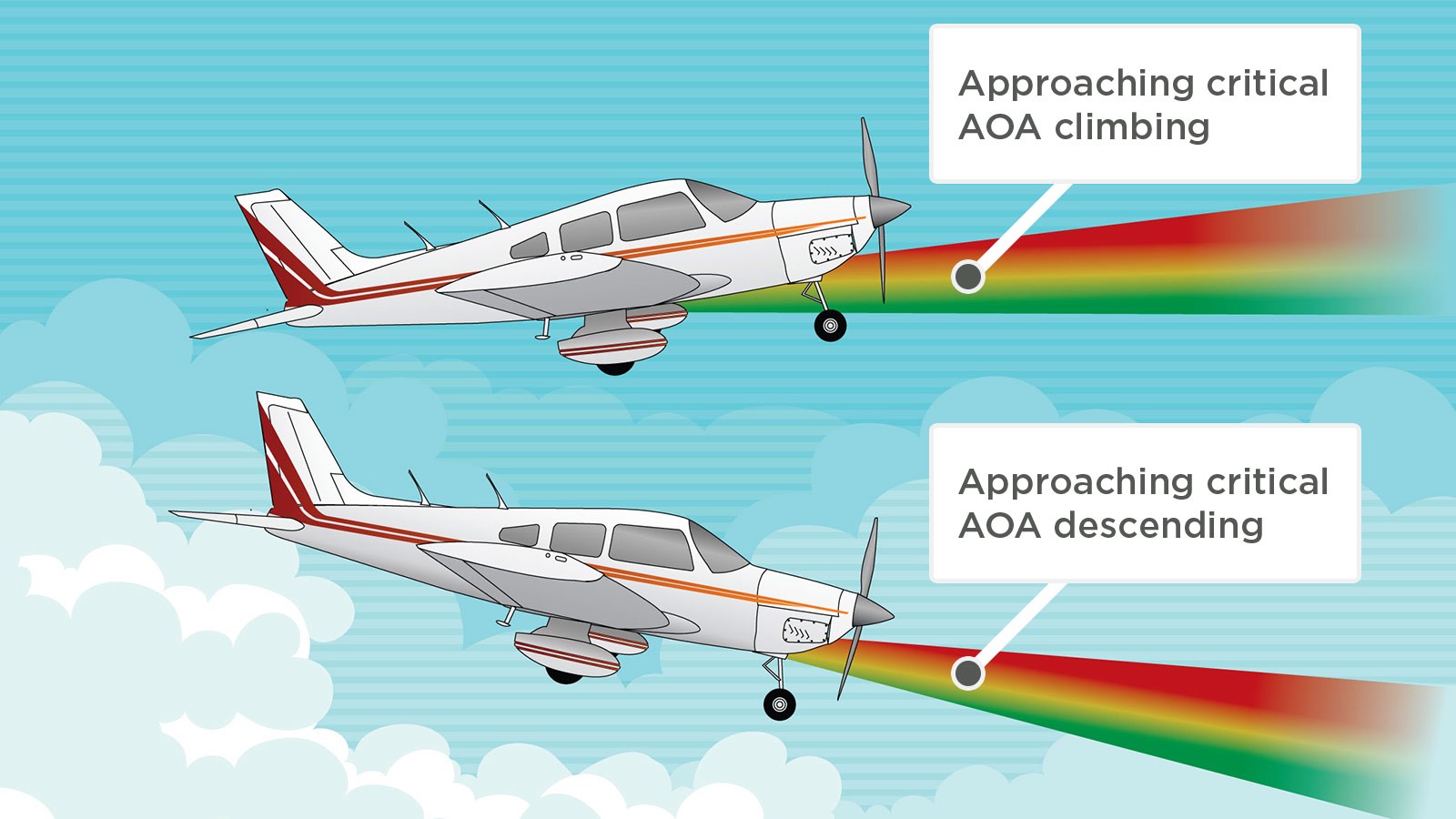Angle of Attack
SAFETY SPOTLIGHT: Maneuvering Flight

Relative Wind and Angle of Attack
During flight training, we learn that the relative wind is opposite the direction of flight. That is not to be confused with the direction the aircraft’s nose is pointing (the relative wind is often not directly off the nose). Any discussion of relative wind includes angle of attack (AOA)—the angle between the chord line of the wing and the relative wind. When the aircraft exceeds its critical angle of attack, it will stall—for many GA aircraft, that occurs between 16 and 18 degrees, both in nose-up and nose-down flight attitudes, turns, and during pull-ups (vertical turns).
A too-high AOA and subsequent stall can easily happen with the nose down and plenty of airspeed. It’s the AOA, not the airspeed that causes the stall. The chance of an angle-of-attack accident is higher during buzzing, although that type of maneuver can hardly be considered normal flight.
For example, attempting to buzz an object on the ground, you’d descend nose-down, and then—hopefully—pull out of the dive in time to recover. If the angle of attack is too steep during that pull-out, the wing will stall—violently. It won’t be the garden variety stall with minor altitude loss that you experienced in training. At low altitude, the outcome will likely be tragic.
Stall and Spin Accidents: Keep the Wings Flying
While aerobatic training can help with unusual attitude recovery, anyone who believes that it will enable recovery from an inadvertent spin in the traffic pattern is fooling themselves. The AOPA Air Safety Institute Stall and Spin Accidents: Keep the Wings Flying study explores causes and misconceptions about stalls and spins in GA aircraft. The report also recommends improvements in stall recognition training.
Margins of Safety: Angle of Attack Indicators
Angle of attack indicators warn when you’re about to exceed a wing’s lift capacity. See how AOA indicators work.